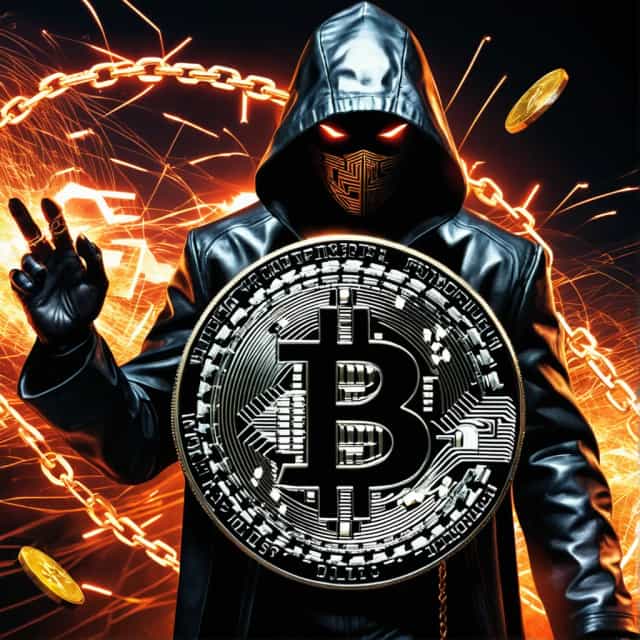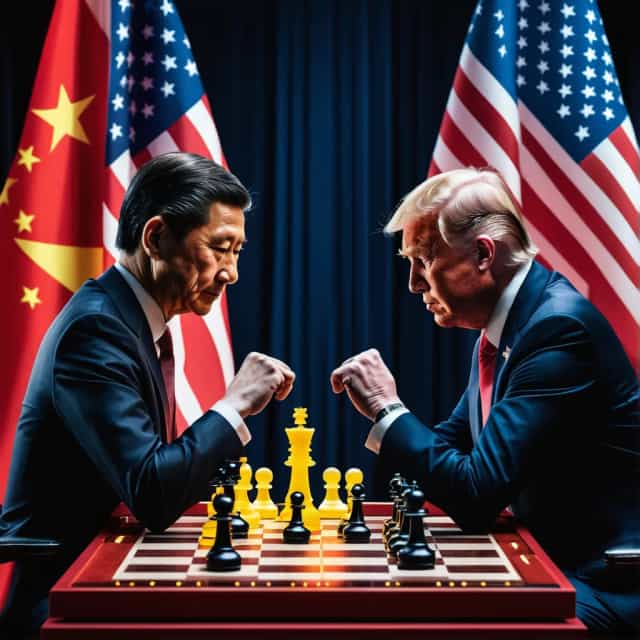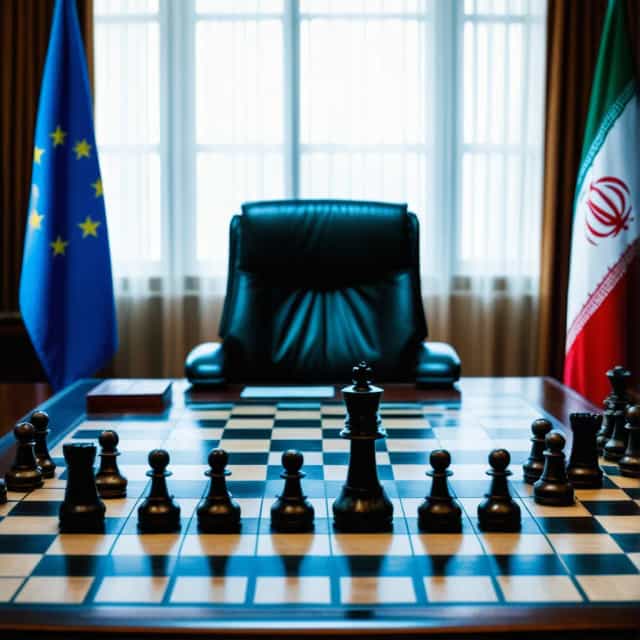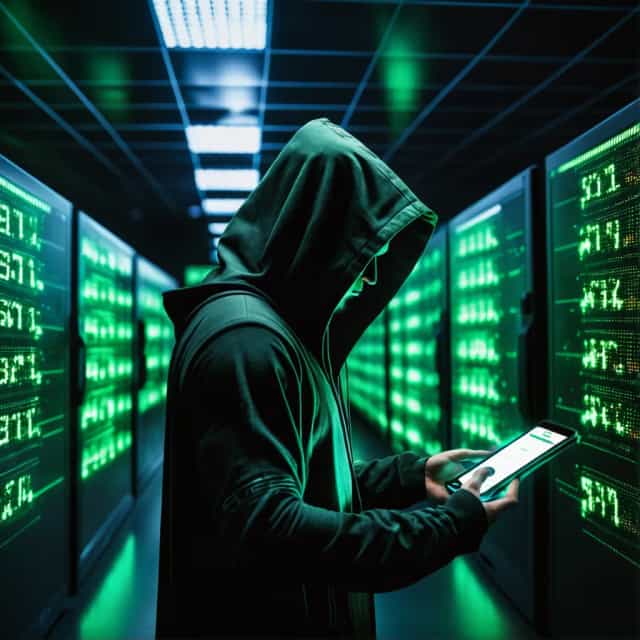
Image source: Block Media
Trump and USD1 Stablecoin: A Strategic Path in US-South Korea Investment Talks
Donald Trump’s reputation as a formidable negotiator precedes him, wielding the authority of his presidency and a pragmatic worldview that often prioritizes transactional relationships over alliances. As South Korea and the United States navigate sensitive tariff negotiations tied to substantial Korean investment in the U.S., the pivotal question remains: How does one negotiate successfully with such a shrewd dealmaker?
Enter an unconventional yet potentially game-changing proposal: utilizing USD1 stablecoin as a strategic lever. This innovative approach could not only satisfy U.S. demands but also protect South Korea’s economic interests while opening avenues for favorable negotiation terms.
The Investment Dilemma: Challenges of Committing $350 Billion
South Korea is currently mulling a staggering $350 billion investment in the U.S., under terms that the United States insists should be fulfilled in direct cash payments. However, such an enormous sum comes with daunting financial implications. To finance this investment, South Korea would need to liquidate more than 80% of its foreign exchange reserves, a large chunk of which are held in U.S. Treasury bonds.
Liquidating Treasuries to secure the investment could flood the market, driving U.S. bond prices down and yields up. This scenario mirrors a precedent set during the Biden administration’s Inflation Reduction Act (IRA) rollout in 2022. The act funneled over $700 billion into the economy, with $400 billion sourced via Treasury issuance, resulting in increased bond yields and heightened inflationary pressures.
The proposed Korean investment, alongside Japan’s contributions, collectively exceeds $900 billion—substantially larger than the IRA’s scale. Trump’s approach may differ by drawing funds from allies rather than printing new dollars, but the consequences remain comparable: swelling bond yields, potential inflationary pressures, and risks of dollar depreciation.
For South Korea, weakening the U.S. dollar translates directly into foreign exchange losses when repatriating its investment. Furthermore, ongoing discussions about a currency swap agreement introduce additional challenges for the U.S., potentially amplifying burdens tied to dollar issuance.
In short, committing $350 billion in cash would strain U.S. bond markets, jeopardize dollar valuations, and expose South Korea to significant economic risks.
USD1 Stablecoins: A Multi-Faceted Solution
An innovative alternative lies in leveraging USD1 stablecoin—a dollar-backed cryptocurrency with robust collateralization. Earlier this year, Abu Dhabi set a precedent by utilizing USD1, distributed by World Liberty Financial (a company led by Donald Trump Jr.), for an investment managed through Binance.
USD1 is backed by U.S. short-term Treasury bonds purchased at equivalent value, ensuring its stability based on the strength of the U.S. fiscal system. If South Korea’s $350 billion investment were converted into USD1 stablecoins, rather than cash raised from Treasury liquidation, it could resolve several critical issues.
- Preserving U.S. Bond Market Stability – By avoiding the liquidation of South Korean-held Treasuries, the market would bypass downward price pressure and yield spikes.
- Positive Contributions via Treasury Purchases – Issuing USD1 stablecoins requires the purchase of U.S. Treasuries as collateral, boosting demand for bonds and supporting the market.
- Stable and Secure Asset Backing – Accepting USD1 stablecoins ensures South Korea retains an investment asset whose value remains tied to U.S. Treasuries, offering protection against dollar weakening.
Negotiating with Trump: Turning Strategy into Leverage
Proposing a $350 billion investment via USD1 stablecoins issued by a company led by Donald Trump Jr. is a strategic masterstroke. How might Trump respond to such a scenario?
With the current global market capitalization for dollar-backed stablecoins hovering around $300 billion, South Korea’s proposal would instantly elevate USD1 to the dominant position in the stablecoin arena. This unprecedented demand would, in essence, signal South Korea’s endorsement of Trump Jr.’s enterprise—a move likely to resonate deeply with Trump’s personal interests.
This approach offers South Korea significant negotiating leverage. Currently, the U.S. insists on pocketing 90% of investment profits—a steep imbalance akin to the terms Japan eventually accepted under pressure. By aligning its investment strategy with USD1 stablecoins, South Korea could push for improved contractual terms, leveraging its partnership to achieve more equitable profit-sharing and strategic gains.
Abu Dhabi’s successful use of USD1 in its AI-sector collaboration highlights the potential advantages of stablecoin-backed investments. South Korea could similarly align its funds with strategic U.S. sectors, ensuring both financial stability and cross-border collaboration.
Addressing Structural Risks
Recent developments, such as labor disputes at Hyundai’s battery plant in Georgia, underscore the complexities of investing in the U.S. Despite substantial funding from South Korean firms, Korean workers have faced substandard working conditions—a frustrating outcome that reflects broader systemic risks.
Given Trump’s hardline negotiation tactics and America’s domestic policy landscape, conventional approaches are unlikely to suffice. South Korea must address this multifaceted scenario with innovative strategies and leverage multidimensional partnerships to counter inherent disadvantages.
Policy Expertise & Stablecoin Advocacy
Kim Yong-beom, a seasoned policy expert within South Korea’s Presidential Office, has long championed the integration of stablecoin solutions linked to the Korean won. His insights on cryptocurrency-backed financial systems are particularly relevant as South Korea explores creative pathways in U.S. investment talks.
If South Korea’s $350 billion investment in the U.S. becomes inevitable, deploying USD1 stablecoins represents a mutually beneficial strategy. It meshes Trump’s political and personal incentives with South Korea’s economic priorities, enabling the negotiation of more favorable investment terms. By acting proactively and exercising intelligent foresight, South Korea could emerge victorious in a challenging geopolitical deal.










